Warfarin is a medicinal substance with anticoagulant properties. Mainly used in the United States to treat thrombosis. In Europe, phenprocoumon, a drug from the same class of active ingredients, is usually used for this.
What is warfarin?

Warfarin belongs to the substance class of coumarins. For example, coumarins are found in various pasture plants. It was discovered that improper storage of hay in silage led to insatiable bleeding in many grazing animals.
This bleeding is due to the effect of dicoumarol, which forms when the hay becomes infected with fungi. Due to this fact, the newly discovered substance was examined for the possibility of a medical use for the treatment of thrombosis.
Three derivatives of dicoumarol were interesting, which were used medicinally as anticoagulants under the names warfarin, phenprocoumon and tromexan. Warfarin was previously used as a rat poison. After the rats ingested the poison with their food, they died from internal bleeding that occurred after a delay.
Pharmacological effect
Coumarins inhibit blood clotting in an indirect way. They act as an antidote (antidote) to vitamin K. This vitamin controls, among other things, the formation of various blood coagulation factors, which u. a. take effect when blood leaks out of the bloodstream through wounds. Coumarins such as B. Warfarin disrupt the functioning of vitamin K and thus prevent the formation of new blood clotting factors. However, the effect is delayed because there are still coagulation factors that are only slowly broken down.
After stopping treatment with warfarin or other coumarin derivatives, it will take some time before the normal concentration of blood coagulation factors is restored.
This time is determined by the half-life of the breakdown of the corresponding coumarins. Warfarin has a half-life of 2 days, while phenprocoumon has a half-life of 10-14 days. This means that if warfarin is used after 2 days and if phenprocoumon is used after 10-14 days, normal blood clotting works again.
If the blood clotting needs to be normalized quickly, perhaps because an urgent operation is pending, vitamin K must be administered as an antidote to the coumarins. Because of the lower half-life of warfarin, its use as an anti-coagulant would make more sense than the use of phenprocoumon.
Medical application & use
The use of Warfarin or other coumarins is necessary in the case of severe cardiovascular diseases that lead to the fear of blood clots forming.
In this way, existing thromboses are dissolved in order to prevent the occurrence of a possible embolism. Such blood clots can lead to heart attacks, strokes or pulmonary embolisms. Warfarin is used prophylactically during pending operations or lengthy bed rest to prevent the formation of thrombi and blood clots. There are also diseases that require prompt treatment with warfarin or other coumarin derivatives, such as: B. in atrial fibrillation. This is a cardiac arrhythmia with a particularly high risk of embolism.
In the presence of thromboses, especially in the legs, anticoagulation (dissolution of the thrombi) should prevent a recurrence (recurrence) of the thrombosis. In rare cases, lifelong coumarin treatment is necessary, e.g. B. in repeated thrombosis or congenital bleeding disorders. During treatment with warfarin, care should be taken to ensure that as little vitamin K as possible is absorbed through food. As mentioned earlier, vitamin K acts as an antidote to warfarin and would neutralize its effectiveness.
Risks & side effects
Warfarin should not be used in diseases with an increased tendency to bleed, such as B. with gastrointestinal bleeding, after operations, with liver and kidney disorders.
As a side effect of treatment with warfarin, bleeding, hepatitis, jaundice, decreased bone density, or increased hair loss may occur. It should be noted that every person reacts differently to warfarin, which is expressed in the different concentration ranges in which its anticoagulant effect unfolds.
The limits of action are very narrow, with a concentration that is a little too low ineffectiveness and a concentration that is too high may lead to severe bleeding. The limits of action depend on genetic requirements and the level of vitamin K in the diet.

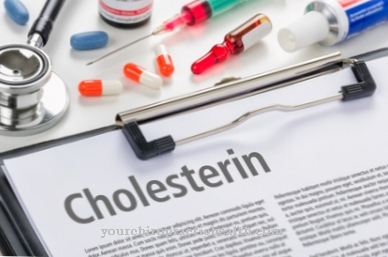
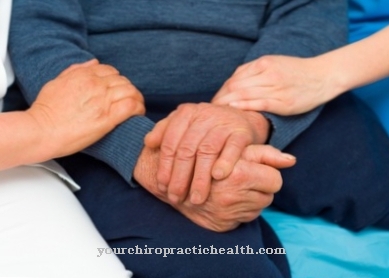
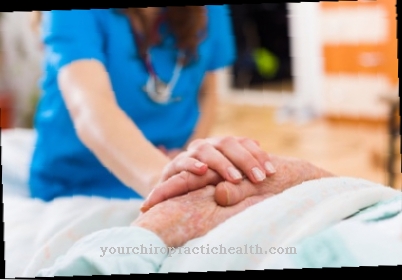

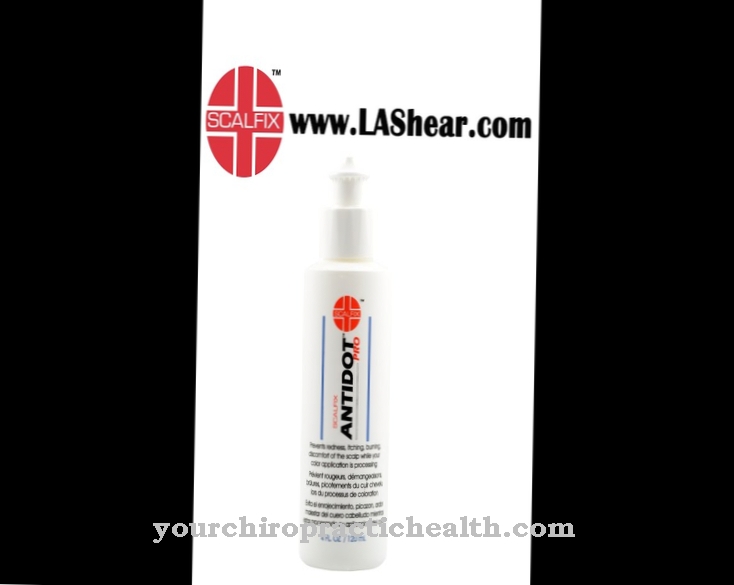
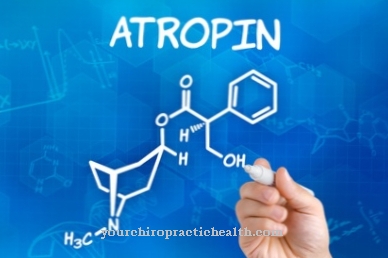





.jpg)



.jpg)










.jpg)
